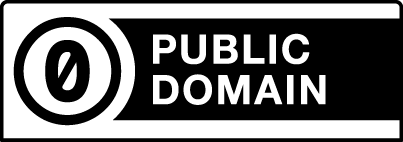- Photos & Map
How would you like to arrive?
- Call
- Description
- Good to know
- Nearby
Gravel has been mined east of Liebenau and south-east of the village of Binnen on approx. 100 hectares since 1969. This mining has been finished since the end of 2008. Large parts of the area have already been recultivated. From the beginning of the quarrying activities until today, the area has been intensively monitored by NABU Nienburg on a voluntary basis. All bird species found there have been documented by members of NABU Nienburg (formerly the Nienburg Ornithological Working Group).
This area has exceptionally high populations of endangered breeding and visiting/resting birds. Due to the presence of the rare pond bat (feeding area), the entire water areas have been registered as a protected area under the European Flora-Fauna-Habitat Directive (FFH area) of the EU. Some of the dredging waters are directly connected to the Weser and are therefore regularly flooded. As a result, natural alluvial forest communities have re-established themselves on the banks of the lakes, which nestle picturesquely into the landscape - the rarest form of landscape of all.
Experts have not only counted 281 (!) plant species in and around the former gravel pits, eleven of which, such as the swan flower or the blood-red stork's bill, are considered endangered according to Lower Saxony's Red List. A total of 58 breeding and 120 resting bird species have also found refuge there, including rare species such as the corncrake and the common tern. In order to preserve this natural paradise forever, around 140 hectares are gradually being acquired by the NABU National Natural Heritage Foundation with strong financial support from the district of Nienburg/Weser. There is a birdwatching tower directly on the alternative route of the Weser cycle path.
This area has exceptionally high populations of endangered breeding and visiting/resting birds. Due to the presence of the rare pond bat (feeding area), the entire water areas have been registered as a protected area under the European Flora-Fauna-Habitat Directive (FFH area) of the EU. Some of the dredging waters are directly connected to the Weser and are therefore regularly flooded. As a result, natural alluvial forest communities have re-established themselves on the banks of the lakes, which nestle picturesquely into the landscape - the rarest form of landscape of all.
Experts have not only counted 281 (!) plant species in and around the former gravel pits, eleven of which, such as the swan flower or the blood-red stork's bill, are considered endangered according to Lower Saxony's Red List. A total of 58 breeding and 120 resting bird species have also found refuge there, including rare species such as the corncrake and the common tern. In order to preserve this natural paradise forever, around 140 hectares are gradually being acquired by the NABU National Natural Heritage Foundation with strong financial support from the district of Nienburg/Weser. There is a birdwatching tower directly on the alternative route of the Weser cycle path.
Good to know
Author
Mittelweser-Touristik GmbH
Lange Straße 18
31582 Nienburg/Weser
Organization
Mittelweser-Touristik GmbH
License (master data)
Mittelweser-Touristik GmbH
Nearby









